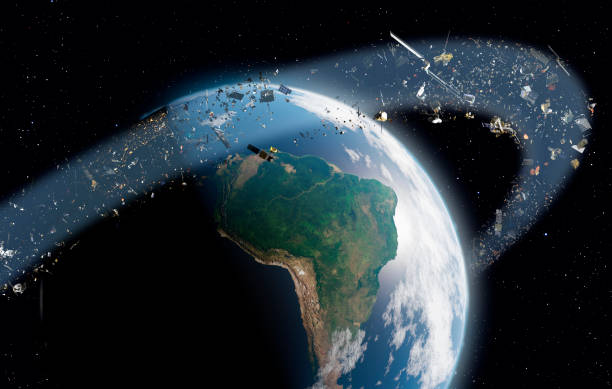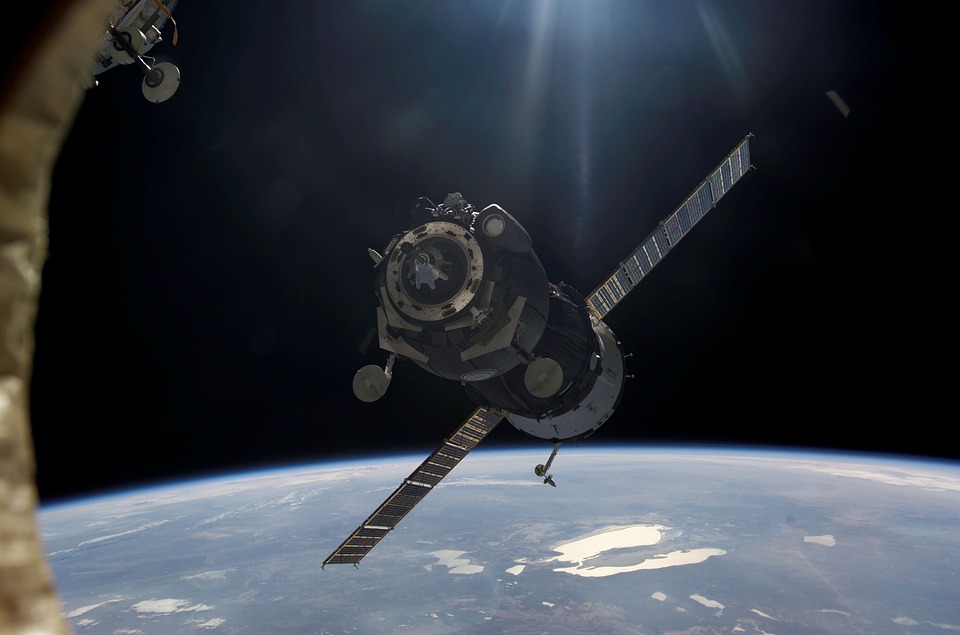Since the onset of the space age, the growing reliance on satellites has led to significant environmental concerns. Nick Shave, managing director of Astroscale UK, likens this impact to “plastics in the ocean.”
As satellite launches have become more accessible and cost-effective, the number of satellites in Earth’s orbit has surged.
From just a single satellite in 1957, today’s total stands at approximately 6,000, with projections indicating nearly 60,000 by 2030.
The escalation of objects in orbit presents risks from “space debris”—defunct satellites and satellite fragments.
Currently, the European Space Agency (ESA) tracks over 37,000 debris pieces larger than 10 cm, alongside millions of smaller, potentially lethal fragments.
This rapid accumulation increases the likelihood of the “Kessler syndrome”—a cascading effect where a single collision sets off a chain reaction, ultimately rendering orbit unusable.

Organizations like SpaceX and Viasat have implemented strategies to mitigate these risks, such as satellite maneuvering and automated collision-avoidance systems.
However, as constellations from global companies expand, coordinated efforts become crucial.
Ian Christensen of the Secure World Foundation emphasizes the need for “interoperable” systems, with standard protocols for hardware and network connectivity to enable efficient data exchange and tracking.
Looking forward, Astroscale’s UK Space Agency-funded “Cosmic” project envisions active debris removal through robotic arms to help clear space of inactive satellites.
As Shave suggests, the solution is not to halt satellite launches but to manage space more responsibly.
As we continue to rely on satellite services for vital functions like navigation and climate monitoring, experts stress the importance of sustainable practices.
Shave notes, “It’s about leaving a legacy that enables other generations to use space in the way we’re enjoying.”

